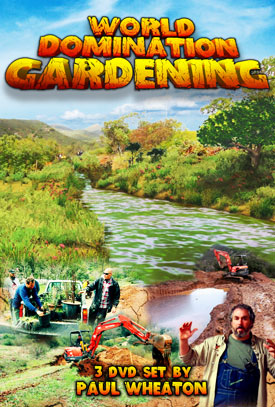Hello Sean!
I live in the high prairie of central WA.
I have nectarine, pear,
apple and butternut. They are fruiting with minimal care.
We planted them clustered close around the house and barns, with all the gutters and shed roofs draining to trees.
I did water them in the summers the first few years. Now they get along on their own.
My neighbor grows an annual garden in fresh prairie soil and no irrigation.
He uses very wide spacing between plants,
polyculture and deep furrows.
In some ways it is a hard place out here. You have to protect your plantings from animals and weather.
If you look the old farms they are often in a bit of a glen.
You can make this for yourself with hugel beds and ponds.
This movie gives excellent instruction on being fully self-sufficient in water in our temperate, arid climate.
 https://permies.com/wiki/52912/World-Domination-Gardening-movie-set
https://permies.com/wiki/52912/World-Domination-Gardening-movie-set






